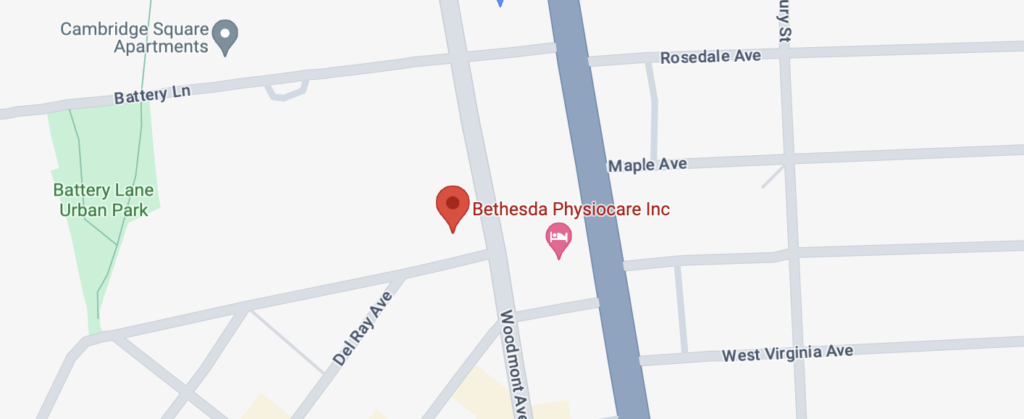 Blood flow restriction therapy is an effective method used to help patients strengthen muscles while reducing the stress placed on the recovering limb. It is a method that professional sports teams and the military have frequently used to help injured players and soldiers heal as quickly and fully as possible.
Blood flow restriction therapy is an effective method used to help patients strengthen muscles while reducing the stress placed on the recovering limb. It is a method that professional sports teams and the military have frequently used to help injured players and soldiers heal as quickly and fully as possible.
This article explains what BFRT is, how it works, and how it can help rehabilitate injured patients recover.
For more information about blood flow restriction therapy and how it can help during physical rehabilitation, contact Bethesda Physiocare today at (301) 205-5477.
Blood Flow Restriction Therapy
Blood flow restriction therapy (BFRT) is an approach used in physical rehabilitation that allows patients to gain more strength while lifting lighter loads. It works by applying external pressure to decrease blood flow to the working muscles, promoting hypertrophy (an increase in the size and strength) of the targeted muscles.
BFRT is becoming increasingly popular among clinicians because it allows patients to get stronger without putting stress on their muscles, joints, and heart.
Who BFRT Helps
Blood flow restriction therapy helps a wide variety of patients, from athletes recovering from sport-related injuries to individuals suffering from joint pain. It is particularly helpful to patients who have weight-lifting restrictions or those experiencing pain during their muscle strengthening and rehabilitation program. BFRT is commonly used to treat elderly patients who are experiencing joint pain or tendinopathy or those suffering from osteoporosis or bone fractures.
BFRT is also effective in treating patients who are recovering from surgery, especially those who have undergone a joint replacement or a foot, ankle, or knee procedure. This form of rehabilitation also benefits patients of all ages. To see whether blood flow restriction therapy can help you, reach out to Bethesda Physiocare to schedule an appointment.
How BFRT Works
During blood flow restriction therapy, a device similar to a tourniquet or blood pressure cuff is used to safely compress the blood vessels. The goal is to apply pressure to completely restrict the blood leaving the muscle (venous blood flow) while allowing blood to enter the muscle (arterial blood flow.)
This process causes blood to pool in the targeted muscle, creating a hypoxic environment (deprivation of oxygen to the tissue.) This lack of oxygen results in an increase in muscle size and strength in a shorter period of time.
The Benefits of Blood Flow Restriction Therapy
Patients treated using blood flow restriction therapy can experience a wide range of benefits. These can include an increase or improvement in:
- Level of healing
- Aerobic capacity
- Cardiovascular endurance
- Muscle mass
- Muscle strength
- Recovery time
- Bone density
- Pain reduction
- Human growth hormone levels
BFRT offers athletes additional benefits, such as:
- A quicker return to activity after an injury or surgery
- A quick and effective preparation for an upcoming sports competition
- A way to maintain fitness levels and strength during the off-season
- A significant increase in their physical performance and overall health
Are There Any Side Effects to Blood Flow Restriction Therapy?
Side effects associated with BFRT are rare. The most common side effects seen after blood flow restriction therapy are mild and include fatigued muscles, mild soreness, numbness, and residual swelling around the targeted area. Again, these side effects are mild and are typically resolved within 24 hours.
Contact Our Bethesda Physical Therapy Clinic Today
To learn more about blood flow restriction therapy and how our Bethesda Physiocare can include BFRT in your plan of care, contact us online or call (301) 205-5477 to schedule an appointment.



